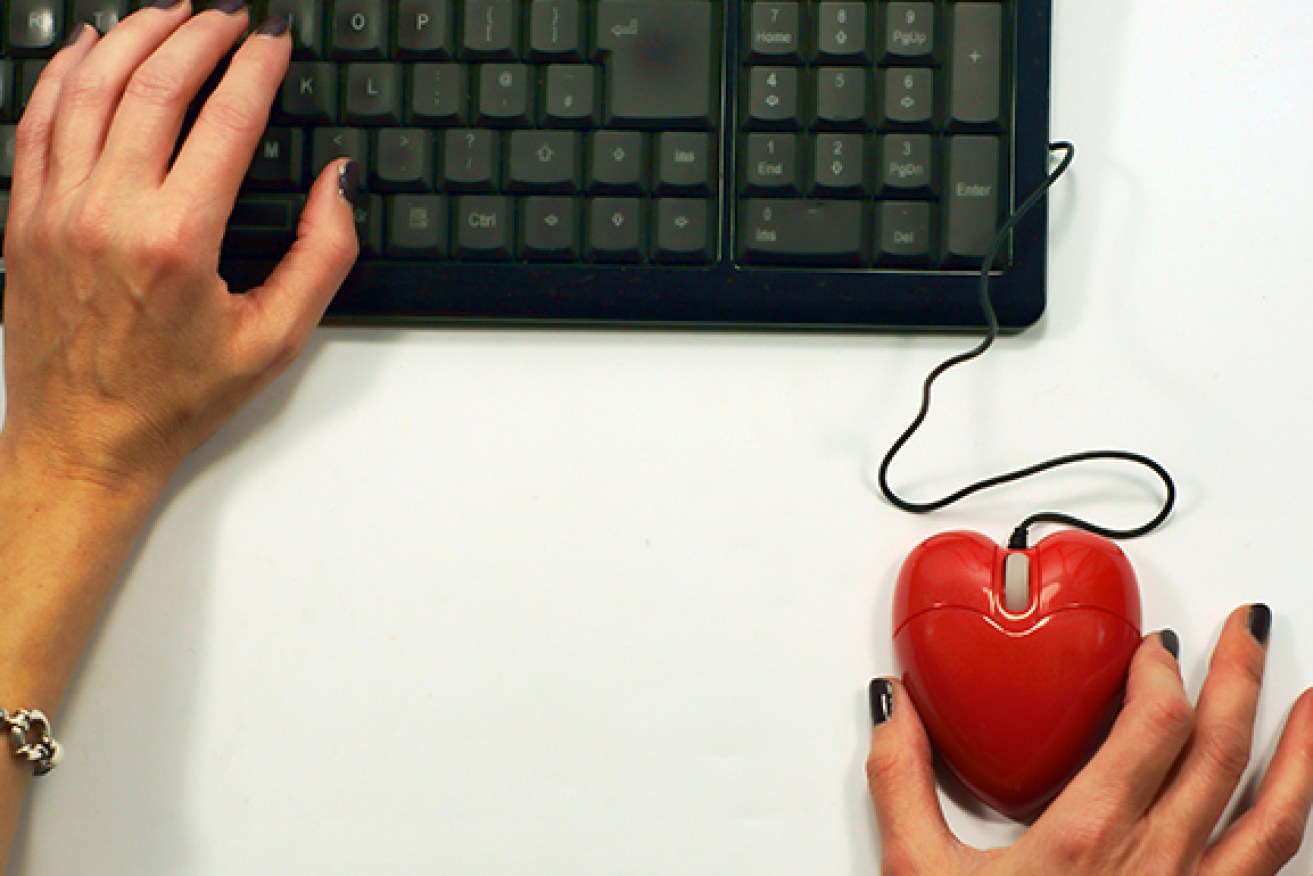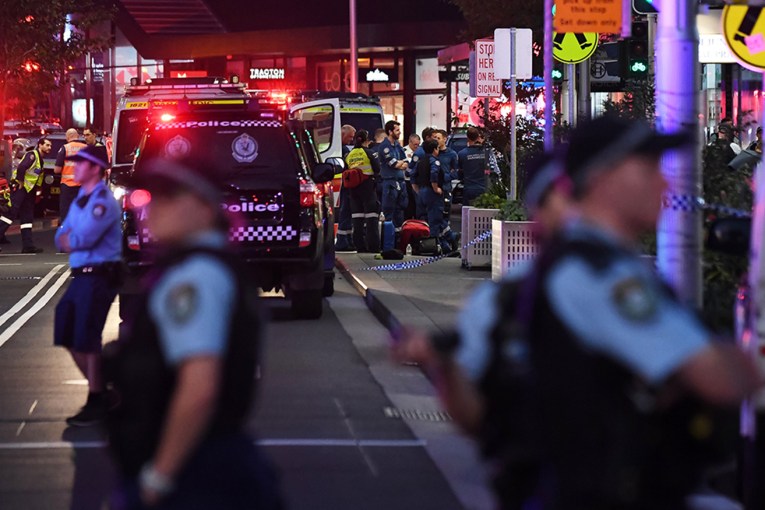Doctors blame online dating for spike in STIs

Shutterstock
The number of Queenslanders treated for sexually transmitted infections (STIs) is on the rise, with cases of gonorrhoea increasing by 32 per cent in 2016.
Figures from Queensland Health showed 27,506 people were diagnosed with an STI in 2016, up 10 per cent on the previous year.
About 82 per cent of cases were for chlamydia, however experts have been surprised by a large spike in gonorrhoea.
In 2016 there were 4,006 Queenslanders diagnosed with gonorrhoea, up from 3,038 the previous year.
The bacterial disease can affect both sexes, and has the potential to cause infertility in women and harm unborn babies.
Most cases were recorded Brisbane’s Metro North and Metro South reporting areas.
Patients with up to 10 sexual partners in one day
Dr Wendell Rosevear, who runs a Brisbane-based medical centre that specialises in sexual health, said a change in dating culture was likely to blame in the rise of infections.
Dr Rosevear said he “quite frequently” treated patients who had between four and 10 sexual partners a day, and those people faced significant risks if they were having unsafe sex.
“We’re seeing some new dynamics where people want instant sex, via the internet, so people will have multiple partners in a day,” he said.
“I think people are a bit immune to the burden of having to be safe with sex and a lot of people don’t like condoms. But also there is now a sense of entitlement where people think: ‘it’s my right to have unsafe sex’.”
Dr Rosevear said many people who contracted STIs were naive, but also said some doctors were not providing adequate treatment.
“I think quite a lot of doctors aren’t aware that these epidemics exist to even test for them, screen for them or treat them,” he said.
More testing done now than in the past: doctor
Cairns Sexual Health Service director Darren Russell said the results were surprising, and he hoped further data on the ages, genders, ethnicities and sexuality of patients would give an insight into the spike in cases.
“We’re certainly doing more testing than we have in the past, so if we’re testing more often we would expect to find more,” he said.
“Having said that, we know across Australia there is an increase in chlamydia rates and we’re also seeing an increase in syphilis rates in Australia too, so those increases seem to be very real.”
Dr Russell said STIs sometimes did not produce symptoms and could be dangerous if left untreated.
He said the most infections occurred in the 15-30 age bracket, with higher rates occurring in gay men who live in urban areas and Indigenous people who live in rural locations.
Dr Russell said initial testing for the diseases was usually simple, requiring urine and blood samples.
In 2016, the Queensland Government committed more than $18 million for a sexual health strategy to combat the rate of rising STIs.
A draft strategy said the Government would focus on six priorities: improving community awareness, supporting older citizens, improving education for young people, responding to specific community groups, prioritising infection prevention and providing quality care to patients.
– ABC








